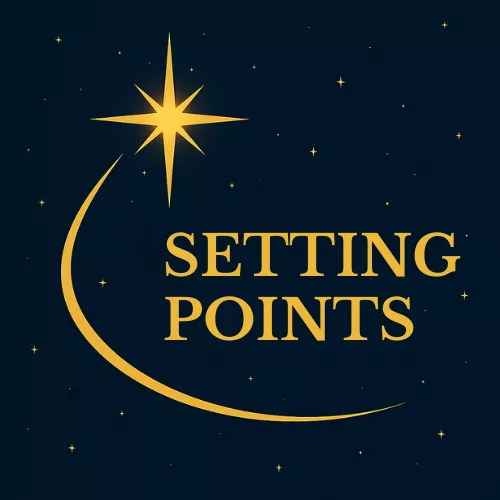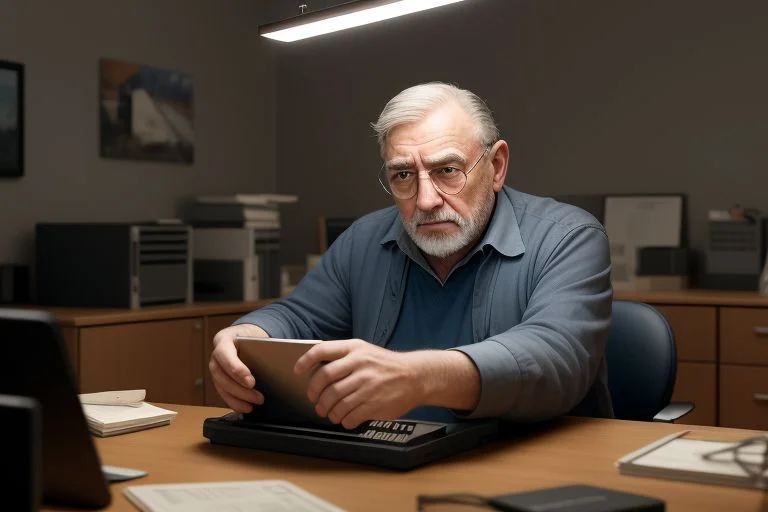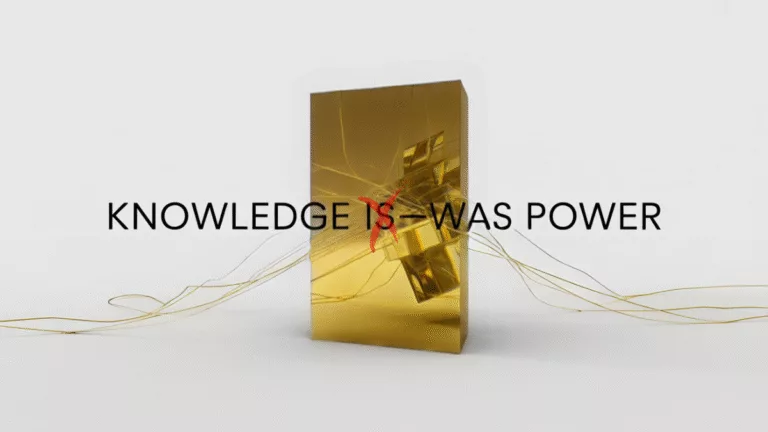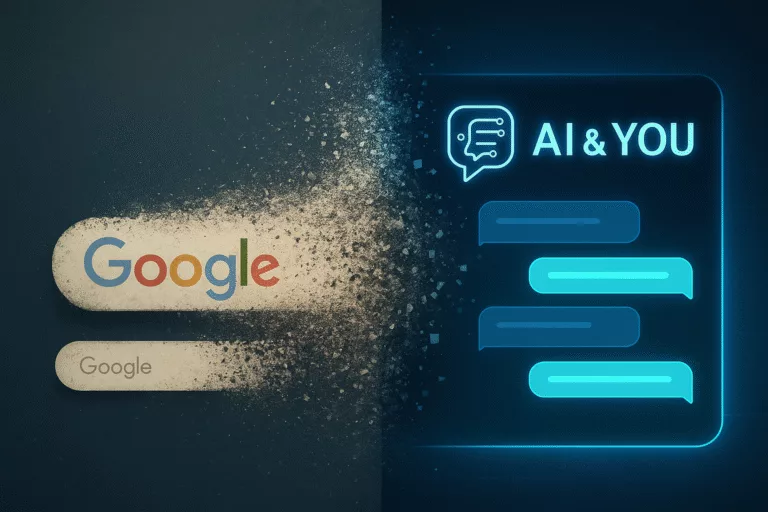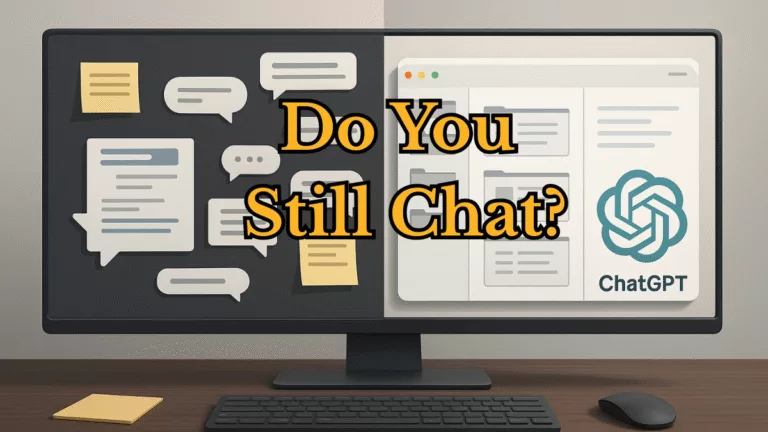*NOTE – Midjourney is NOT FREE. I included it for reference to allow you to easily find the “generic” version. Now I have updated this list to 26 with more great additions.
Have you tried finding compelling visuals for your posts? In today’s digital world, this is a common challenge. Think about it this way. OpenAI’s release of ChatGPT in November 2022 caused a flood of AI-generated content. Aside from words, what does every post have? Images. So now millions more posts need millions more images. Places that sell Stock Photos started raking in 10 fold the amount of income as before the AI revolution.
I used to find myself sifting through countless stock photo libraries, only to be met with the same clichéd images that failed to inspire me. I would never subject my audience to them.
Setting Points stands out as an original thought to help anyone woefully underfunded for retirement carve out a better path and earn extra retirement income. I won’t trust my website’s first impression to a stock photo that 1000s of other people found “usable”.
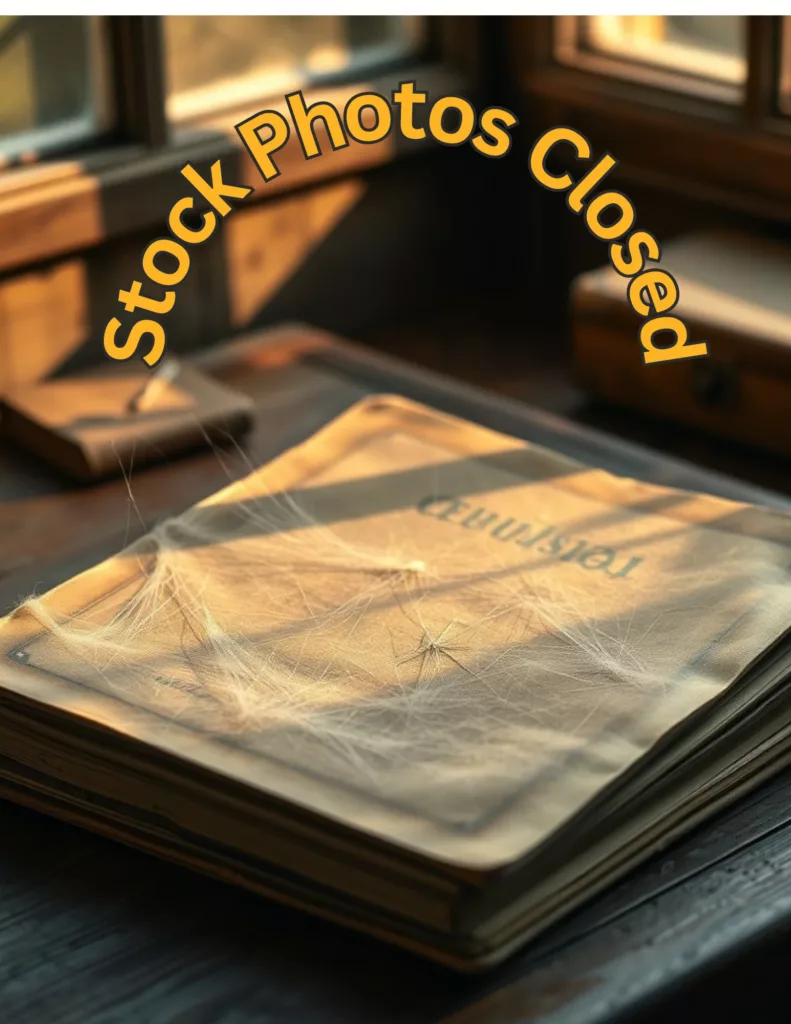
The problem I have with traditional stock photos is their inherent lack of originality. They feel generic and uninspired because they are! Photographers were being slammed for more photos. They obliged by filling up the “image slots” at the cost of quality.
Let’s say you did choose a stock photo for your featured image, what happens when you post it over to Pinterest? How many people have picked the exact same image for their pin? There is a better way knocking at your door.
AI image generators are knocking. These powerful tools are pioneering in new ways to create the visual content you want. We can now produce unique, tailor-made images that align perfectly with our brand identity, all while being cost-effective and user-friendly. In this post, I will introduce you to 13 Remarkable Free & Freemium AI Generators that are taking center stage.
My experience in the IT world has shown that once something is written, it becomes obsolete.
This simply means that by the time that you read this, there will be more AI Image generators available. The original baker’s dozen is now 21.
If you have a preferred generator, simply drop a note in the comments and I will update this list.
By the end of this, you’ll not only understand how these tools work, which one is best for your needs, and how to effectively utilize them to ensure you never have to rely on stock photos again.
Understanding the Need for AI Image Generators
Traditional stock photos are convenient. Find one that works download it and you are good to go. Unfortunately, they lack the originality you need for your brand. Many images are overused, leading to a sense of sameness in marketing and online content.
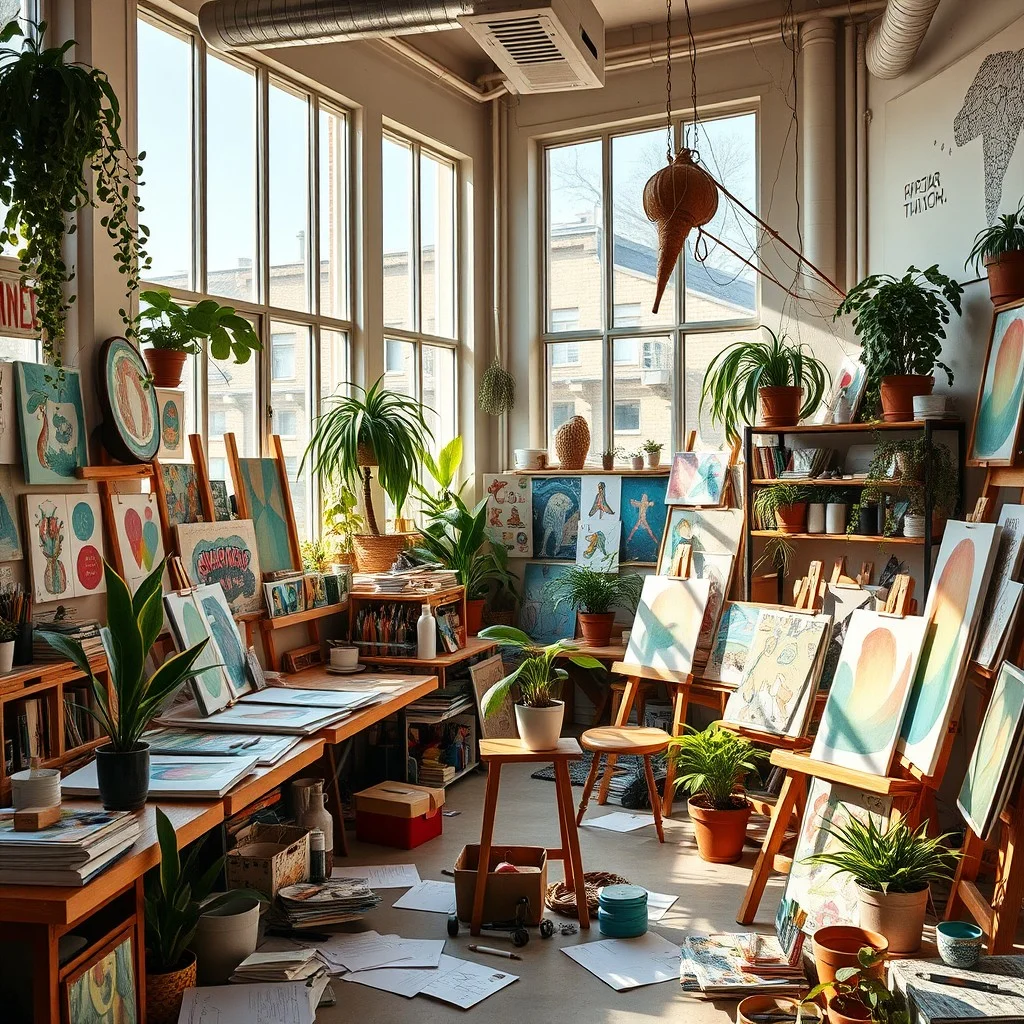
Recent studies have shown that consumers increasingly value authenticity in visual content. According to Adobe, 61% of consumers prefer brands that utilize original visuals over stock images. This desire for genuine representation highlights a growing problem in our industry: the need for distinctive, relatable content that targets our audiences.
There are almost as many methods to create AI images as there are flavors of Coke! In the 13 apps that I have, there are five image-generating technologies. Each with strengths and weaknesses. Remember when AI was introduced to the world in the form of ChatGPT? I evaluated the five that I use daily, and have outlined their characteristics and uses. I will do the same for these AI Image Generators.
The Technology Behind Today’s AI Image Generators
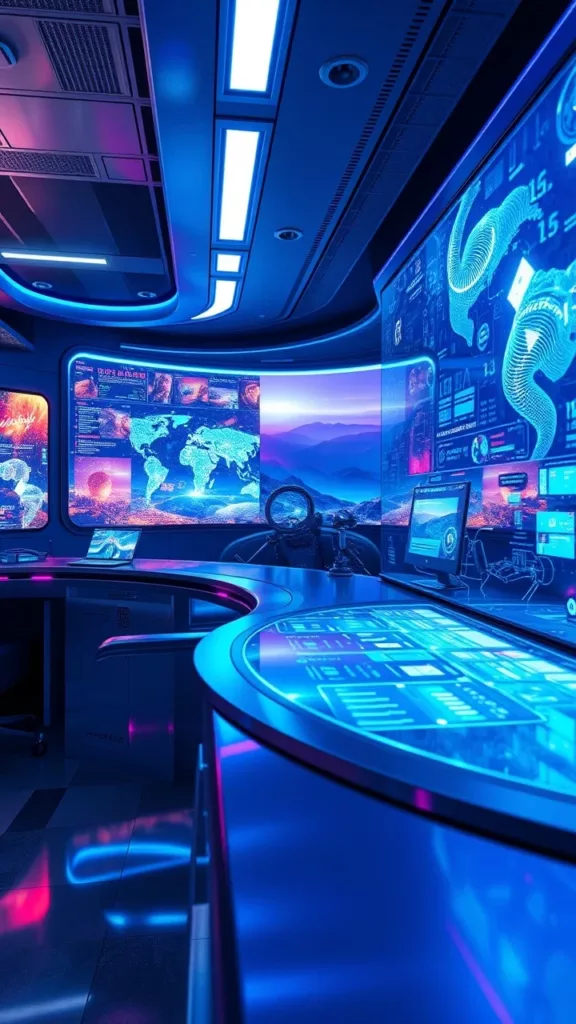
Today, we have more options for AI Image Generators than we had for AI bots. This is due to bloggers in general being frustrated with the limitations of stock photography. These 13 options leverage differing advanced machine-learning algorithms to produce unique images from user-defined prompts. Unlike traditional stock photos, AI-generated images are tailored to fit specific branding needs and storytelling goals. This helps brands stand out in a crowded marketplace. To make sense of this Baker’s Dozen, I will divide them into five technological categories.
1. Stable Diffusion-Based Generators
How It Works: Stable Diffusion is a deep learning model that generates images from text prompts. It uses a process called latent diffusion, which compresses images into a latent space, where the model can manipulate them before decoding them back into high-resolution images.
What Makes It Different: Unlike traditional Generative Adversarial Networks (GANs), Stable Diffusion allows for more detailed and varied outputs based on the complexity of the prompts. It excels at generating high-quality, photorealistic images and can be fine-tuned for specific styles.
Best For: Creating high-quality, photorealistic images tailored to specific styles or themes.
2. DALL-E and Its Variants
How It Works: DALL-E utilizes a transformer architecture to generate images from textual descriptions. It effectively understands the relationship between text and images, allowing it to create unique visuals based on the input it receives.
What Makes It Different: DALL-E is particularly strong in conceptual image generation, producing surreal or imaginative visuals that might not exist in reality. Its variants simplify the model for broader access but may sacrifice some quality for speed.
Best For: Generating imaginative and conceptual images based on detailed prompts, ideal for unique illustrations.
3. Generative Adversarial Networks (GANs)
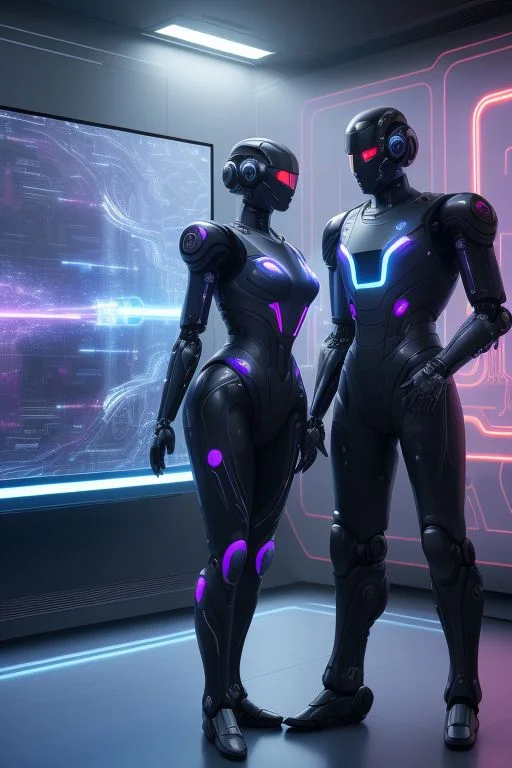
How It Works: Generative Adversarial Networks (GANs) consist of two neural networks, one generates something, and the second tries to find whether the results are real or generated by the first. The image is produced when the first neural network begins to constantly deceive the second.
What Makes It Different: While GANs can produce high-quality images, they often require substantial computational resources and training data. Models like Midjourney leverage advanced GAN techniques to create visually appealing content but can be less flexible than transformer-based models in terms of prompt interpretation.
Best For: Creating high-quality, realistic images for users who prioritize artistic expression and quality in their visual content.
4. Stock Photo + AI Blends
How It Works: These platforms combine traditional stock photo databases with AI capabilities to enhance image search and customization. Users can modify existing images or generate new ones based on stock photos.
What Makes It Different: This method offers a blend of conventional photography and AI-generated art, catering to users who need high-quality images with less reliance on completely new creations.
Best For: Users looking to combine the reliability of traditional stock photos with the flexibility of AI customization.
5. Randomized Neural Networks
How It Works: Tools like PerChance use algorithms that introduce randomness in image generation, often creating unexpected and unique outputs.
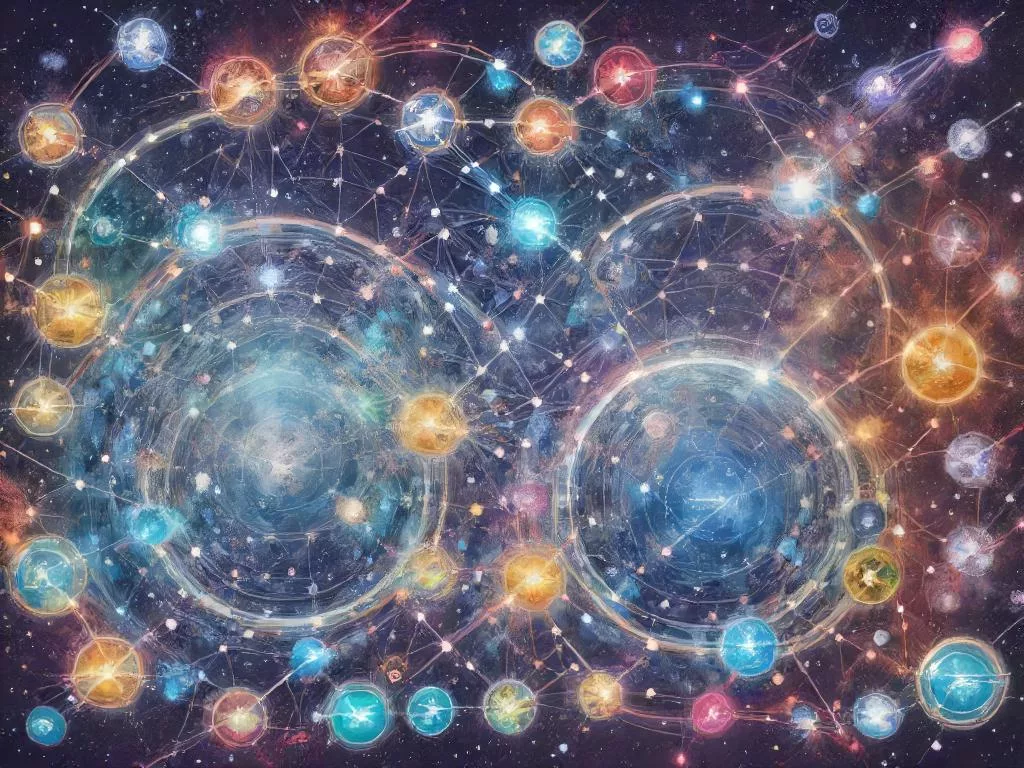
What Makes It Different: This method emphasizes creativity and unpredictability, making it ideal for users looking for original art without predefined constraints.
Best For: Exploring creative variations and generating unexpected visuals, suitable for brainstorming sessions.
Now that you know how the technology works, it is time to see which Generator uses which technology.
Meet the Innovators: Overview of 13 AI Generators
As I use the Free and Freemium versions, I will use the category when the freebies run out. Another consideration is that I am not going to put money down on any of them until they consolidate to less than five technologies or one technology emerges as the best for niche bloggers like myself.
1. Stable Diffusion-Based Generators – Excels at High-Quality, Customizable Images
- Flux 1.1 – A stable diffusion-based tool that excels in creating high-quality, customizable images tailored to user needs. This generator allows users to fine-tune output styles through adjustable parameters, enabling a high level of creative control. Approximately 10 free images daily, output as PNG.
- Stable Diffusion – A powerful model that generates detailed, photorealistic images from text prompts, offering flexibility in artistic style. It can be run locally on personal computers, giving users the ability to generate images without relying on cloud services. Typically unlimited for local use or around 5-10 images for cloud versions, output as JPG. One image at a time though
- Ideogram – An AI generator designed for crafting intricate and imaginative visuals, particularly effective for unique illustrations. This tool specializes in creating infographics and diagrams, making it useful for educational content beyond standard image generation. Around 5-10 images per day, output as JPEG for free. Creates 4 images per rendering.
- Leonardo – A versatile image generator that combines stable diffusion technology to produce high-quality, stylized artworks. It features a collaborative mode that allows multiple users to contribute to the same project in real time. Approximately 15 images, output as JPG. Creates 4 images per rendering.
2. DALL-E and Its Variants – Excells at Unique Blog Headers and Featured Images
- Microsoft Designer – An intuitive design tool that leverages DALL-E technology to create visually appealing headers and graphics effortlessly. It integrates directly with Microsoft’s suite of products, allowing users to pull in assets from applications like Word and PowerPoint seamlessly. Allows unlimited designs, output as JPG for direct download, PNG if editing with Designer. 4 Images per rendering.
- ChatGPT DALL-E – A conversational AI that generates unique images from detailed prompts, ideal for iterative creative processes. This variant benefits from continuous learning, improving its image outputs based on user interactions and feedback. Around 5 images per session, output as WebP. Renders 1 image at a time.
- Opera Aria – A DALL-E variant that focuses on generating imaginative and artistic visuals quickly and efficiently. It includes a built-in feature that helps users refine their prompts by suggesting improvements based on previous successful inputs. For best results, you will need to use the Opera Browser, which will allow you unlimited creations in the JPG format Renders one image at a time.
- Craiyon – A user-friendly image generator that produces fun and creative visuals from simple text prompts. Originally known as DALL-E Mini, it became popular for its ability to produce amusing and quirky illustrations from simple prompts. Today this website is overwhelmed by pop-up ads. Four pop-up videos are running simultaneously. While we get unlimited image creation and output as JPG, unless you pay for each download, the free version comes with a watermark. I would not use this option regardless of need.
3. Generative Adversarial Networks (GANs) – Excels at Artistic and High-Quality Visuals
- DeepAI – A user-friendly platform that enables quick and accessible image generation from text prompts, making it ideal for rapid prototyping and experimentation. DeepAI offers a unique feature that allows users to generate variations of existing images, enabling creative exploration and refinement of visual concepts. Output is JPEG unlimited use. Renders one image at a time. Has annoying ads.
- OpenArt – A GAN-based platform that fosters collaborative art creation, generating high-quality visuals through community input. This platform allows users to remix existing artworks, fostering a collaborative environment for artistic innovation. The free version is a 7-day trial and allows you to create 40 images, rendered 2 at a time. The output is WebP. Use the 40 credits as soon as possible as the credits do expire in 7 days. I had 16 left and was unable to use them without an upgrade.
- Gemini Image Creator – Utilizes GAN technology to create stunning artistic images, making it suitable for professional-quality projects. It includes advanced features for adjusting lighting and texture in generated images, enhancing realism. Approximately 10 images for free, output as PNG. Generating images of people is only available in early access with Gemini Advanced. $20/month to generate people.
- Adobe Firefly – A versatile creative tool that integrates generative AI technologies to enhance design workflows across various media. It focuses on generative design specifically for commercial use, ensuring outputs are suitable for branding and marketing. Allows 25 images free images per month. Output as JPG with watermark.
- Midjourney – A GAN-based platform renowned for generating highly artistic and visually striking images, perfect for creatives seeking unique and imaginative visual content. It utilizes a unique community-driven approach, where users can share and refine prompts, leading to a collaborative creative process. A free trial when available typically allows around 25 images, output as JPG. Basic subscription is $10/month for 200 images.
4. Stock Photo + AI Blends – Excels at Enhancing and Customizing Stock Images
- FreePik Pikaso – A stock photo platform enhanced with AI capabilities, allowing users to modify and customize existing images effortlessly. Beyond stock images, it offers a range of vector graphics and templates that users can customize for various projects. Limited to around 25 images daily, output as JPG. Renders 4 images at a time. Now comes with a “Designer” tool to turn your images into infographics.
5. Randomized Neural Networks – Excels at Creative Variations and Inspirations
- PerChance – An innovative tool that employs randomized neural networks to produce unexpected and creative visual outcomes for brainstorming. It emphasizes randomness in its outputs, making it particularly useful for artists seeking inspiration from unexpected visual directions. This a multiuse freebie, that allows NSFW.
The right AI image generator can significantly enhance a blogger’s content, making it visually appealing and engaging. By understanding the strengths of different tools, bloggers can select the generators that best meet their specific needs, enriching their creative process and ultimately elevating their overall blogging experience.
Impact on the Stock Photo Market
The rise of AI-generated images is disrupting the traditional stock photo market. As AI tools become more sophisticated, they can produce vast quantities of images at a fraction of the cost of traditional photography. This in turn causes more creators to turn to AI tools for their visual needs, The result is the demand for stock photography will decline. This shift will lead to a decrease in prices for stock photos, making it harder for photographers to sustain their livelihoods. As one door closes, another one opens. Photographers and stock photo agencies will be pushed to innovate, offering more specialized or unique content that AI cannot replicate, such as fine art or wildlife photography.
Tips for Effective Use of AI Image Generators
To maximize the potential of AI image generators, consider these practical tips:
Craft Clear Prompts: Detailed descriptions yield better results.
- Be Specific: Instead of a vague prompt like “a cat,” try “a fluffy white cat with blue eyes, sitting on a windowsill, looking outside.”
- Use Keywords: Incorporate relevant keywords to guide the AI’s generation process. For example, “cyberpunk cityscape, neon lights, rain, detailed, 8K.”
Experiment with Variations:
- Modify Prompts: Small tweaks to your prompt can lead to significant changes in the output. Try adding or removing adjectives, changing the style, or altering the scene.
- Play with Different Tools: Different AI tools have unique strengths and weaknesses. Experimenting with various tools can help you discover new creative possibilities.
Leverage Community Resources: Engage with online forums for advice, prompt ideas, and support.
Understand Tool Strengths: Recognize which tools excel in specific areas to select the best fit for your projects. Bookmark this page for the links and their strengths. When to use which generator?
Embrace the Creative Process: Be open to the unpredictability of AI tools; deviations can spark new ideas.
AI image generators are reshaping visual content creation, making it more accessible and cost-effective. By understanding their benefits and exploring various tools, creators can enhance their projects and elevate their overall content strategy. As technology continues to advance, the potential for innovative applications will only grow, paving the way for a more inclusive creative community.
Seeing Into The Future
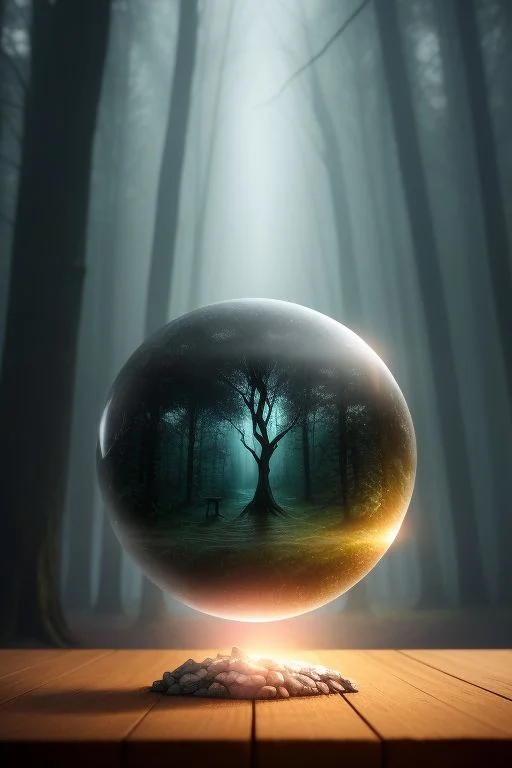
The impact on the stock photo industry is significant. The demand for traditional stock photos will decline as AI-generated images become more realistic and affordable (free & freemium). This will lead to a shift in the business models of stock photo agencies. They will need to focus on higher-quality, niche content that AI cannot easily replicate.
The future of AI image generation will continue to evolve. I expect to see even more sophisticated tools and techniques created. It’s possible that one particular technology, such as Stable Diffusion or DALL-E, could become dominant. However, it’s also likely that different tools will excel in specific areas, leading to a diverse ecosystem of AI image generators.
Just like we have five major AI bots: Perplexity, ChatGPT, Claude, Gemini, and Copilot, I can see one dominant player emerge from each methodology and take a step forward. It is still too early to tell which one it will be. Keep checking back as I will keep this list updated.
Ultimately, the future of AI image generation is exciting and full of potential. By staying informed about the latest developments and experimenting with different tools, you can harness the power of AI to create stunning visual content that captivates your audience.
For reference here is the linked list:
- Microsoft Designer
- Ideogram
- FreePik Pikaso
- Leonardo
- Gemini Image Creator
- Flux 1.1
- ChatGPT DALL-E
- Opera Aria
- OpenArt
- PerChance
- Stable Diffusion
- Craiyon
- Adobe Firefly
- DeepAI
- Midjourney
*Added After Original Release - HauTech*
- Kling*
- Mistral*
- KREA*
- GROK*
- PicLumen*
- Nano Banana*
- Reve*
- Canva Magic AI*
- NightCafe*
- Recraft*
*Bookmark this page as the list will continue to grow.
